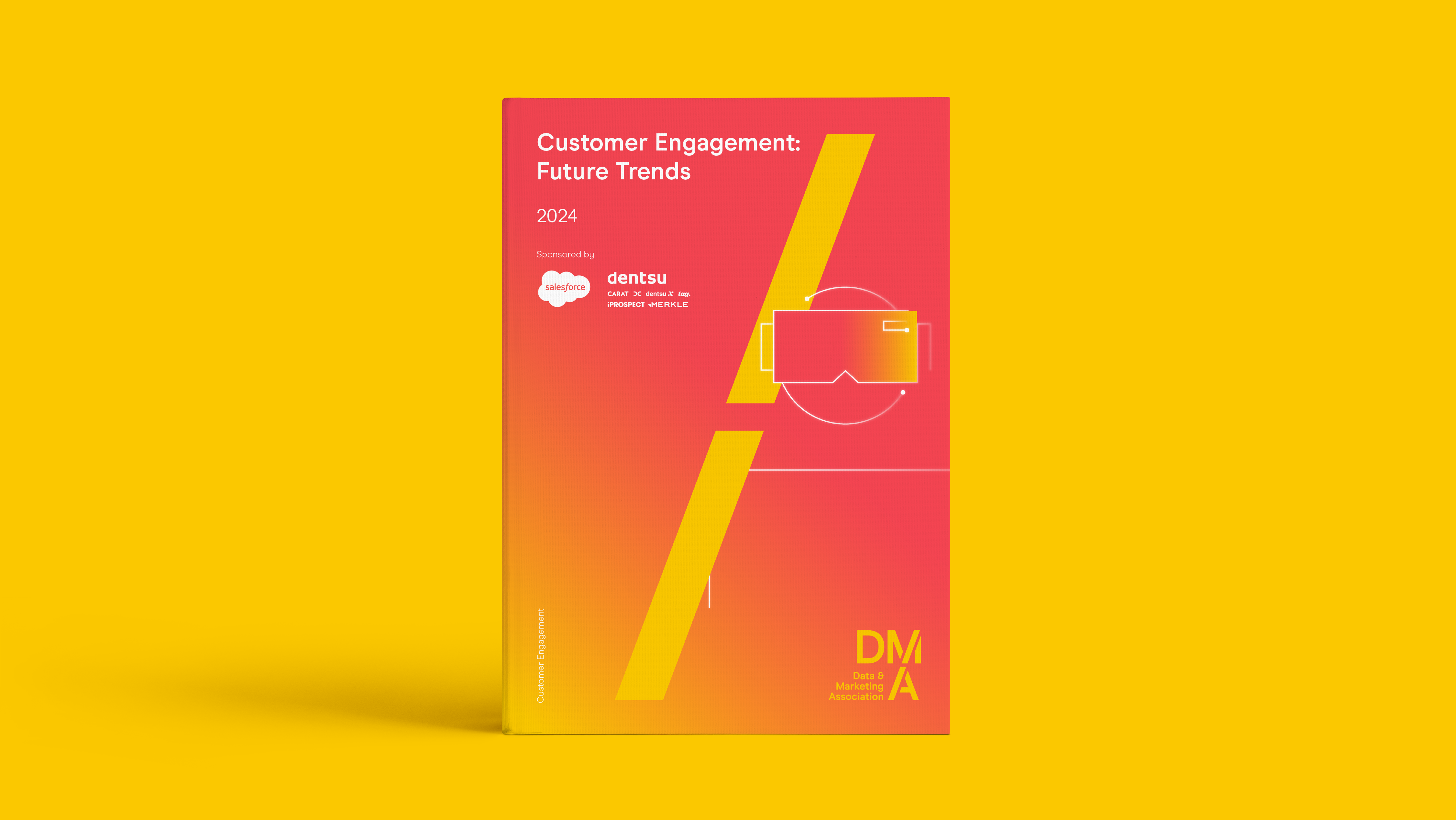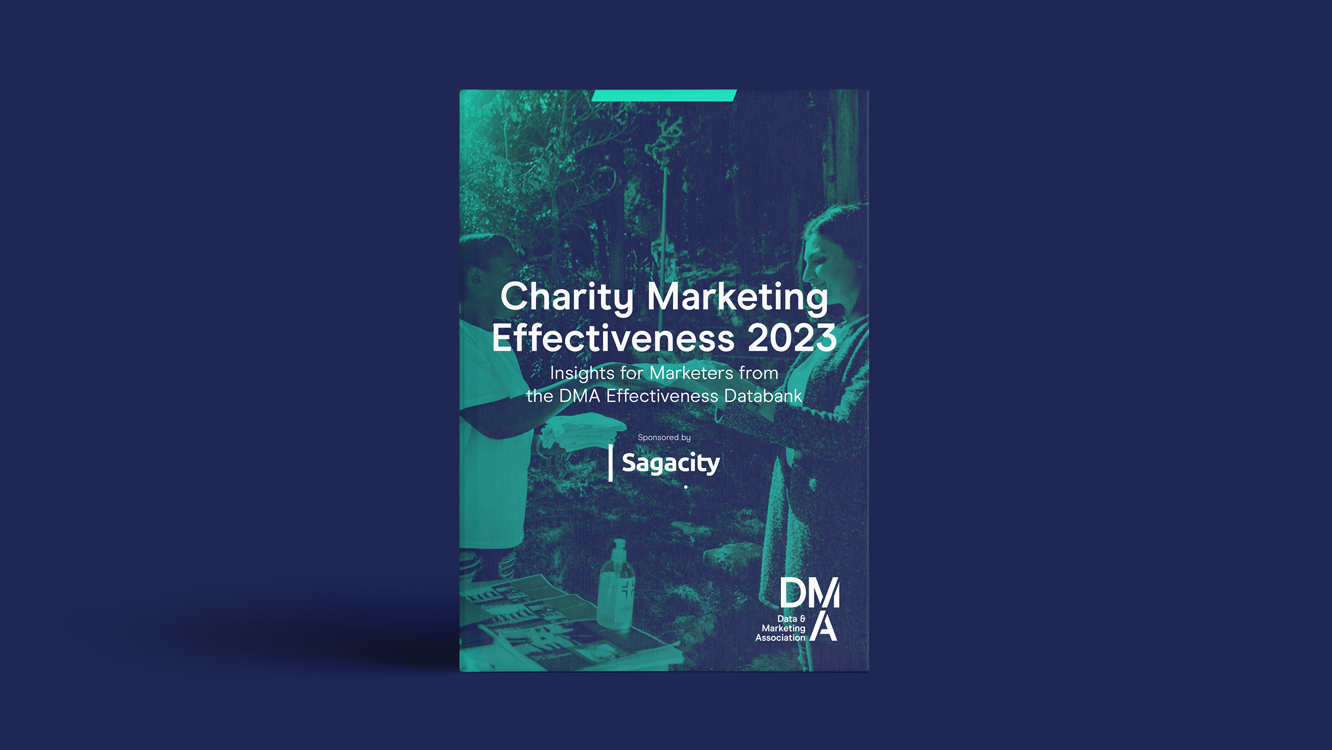10 ways that cognitive biases affect new business decisions
16 Jun 2015

So, imagine the following – you’re a Marketing Director, Head of Communications or a Digital Marketing Manager and you’re sat at your desk. You’re reviewing the latest results for your brand or trying to make sense of a ton of data in a fiendishly complicated spread sheet that’s just arrived in your inbox… when the phone rings and someone you don’t know from an agency you’ve never heard of wants to speak to you about something that frankly isn’t a priority today.
What do you do?
In a lot of cases (on average about 87%) people will cut the conversation short or maybe ask for an email instead (and we all know what happens to the majority of these emails!). This is because most marketing decision makers are busy either doing their job or protecting their job and don’t have time to engage with a stranger on the phone offering a range of services that they think they’ve already got covered.
However, as part of their job is looking at alternative ways of solving problems such as keeping one step ahead of the competition or engaging with a fickle audience through a plethora of potential channels, they do need to respond positively to some of these approaches – particularly if the agency in question hits all the right buttons.
It’s these buttons I want to focus on today, but not the obvious rational ones of experience, case studies, size, location etc.
Quite often the success of a call depends less on what is being offered but more on the individual who’s making the approach. It is a real skill to understand a prospect’s state of mind and navigate those personal subjective objections in order to convince them to firstly give you some air time and secondly agree to meet your agency.
Decision making is constantly influenced by both the intuitive and logical parts of our brains. Although we like to think that our beliefs, judgements and decision are based on solid reasoning, the reality is that it’s the intuitive, fast and automatic part of our mind that is actually responsible for most of the things we do, think and believe in.
We may think that we always analyse problems and come up with rational answers using the deliberate, logical part of our brains but most of the time, our fast intuitive brain is in control. This means that all sorts of biases come into play to influence our choices when we allow our intuitive self rather than our logical self to make decisions.
These influences are known as ‘cognitive biases’ and can affect every one of our beliefs, opinions and decisions without us ever being aware that it’s happening. The study of these biases has led to theories such as behavioural economics.
So, here are few examples of these cognitive biases and how understanding them could potentially help you in the sales process:
Ambiguity effect – the tendency to avoid options for which missing information makes the probability seem unknown. In other words, if you don’t provide some people with sufficient information for them to make a decision they will never meet a new agency as the perceived risks are too high. This is a tricky one, especially on the telephone as less is often more and other people do not like too much information all at once, preferring to digest it in smaller bite size chunks.
Bandwagon effect – the tendency to do (or believe) things because many other people do (or believe) the same. This is related to groupthink and herd behaviour. This is a fairly common need and therefore a widely used technique, as many people will find confidence in the fact that you have experience in their market and/or with solving their current challenges.
Ikea effect – the tendency for people to place a disproportionately high value on objects they partially assembled themselves or ideas they came partially up with; in other words, it’s important to let people think that meeting your agency was their idea and it will give them a forum for sharing some of their ideas with an outside specialist.
Irrational escalation – the phenomenon where people justify increased/continued investment in a decision, despite new evidence suggesting that the decision was probably wrong. Many of the decision makers you speak to will have had some say in the selection of a company’s current agency relationships and therefore the creative output. So, you have to tread a fine line between encouraging them to look at a potential new and fresh creative partner and being in danger of seen to be criticising their current work.
Loss aversion – the tendency to strongly prefer avoiding losses than acquiring gains. Some studies suggest that losses are twice as powerful, psychologically, as gains. This means that some people think that the upheaval and time involved outweigh the benefits of looking at and working with new agencies, again, something to be aware of when you make that initial contact.
Negativity bias – the psychological phenomenon by which humans have a greater recall of unpleasant memories compared with positive memories. This could manifest itself in a decision maker having had a bad experience of working with a new agency which means they are far less likely to go through this process again, preferring to stick with the tried and tested, even though the outputs could be getting tired.
Post-purchase rationalisation – the tendency to persuade oneself through rational argument that a purchase was the right one. This is an interesting one – a number of decisions to change agencies and work with new ones are often made through a combination of intuition, impulse and chemistry. However, you need more then this to justify your decision to the powers that be; thus post purchase rationalisation. This means that your sales approach must involve both sides of this particular coin and appeal to their emotional and personal buying motives on the one hand and present decent rational reasons for choosing your agency as well.
Reactance – the urge to do the opposite of what someone wants you to do, out of a need to resist a perceived attempt to constrain your freedom of choice. Again, an interesting dilemma for new business approaches. It’s obviously important to keep pushing for agreement to the next step in the sales cycle (like getting a second meeting in the diary before you’ve left the first one, for example), however, with some people, you need to walk away and let them make their own considered decision without any ‘persuasion’ from you.
Illusion of truth effect – that people are more likely to identify as true statements those they have previously heard (even if they cannot consciously recall having heard them) regardless of the actual validity of the statement. In other words, a decision maker is more likely to believe a familiar statement (maybe from a recognisable source such as e-consultancy or from a recognisable industry figure, such as Sir Martin Sorrell) than an unfamiliar one – so, choose your supporting stats and evidence carefully.
Picture superiority effect – the notion that concepts are learned by viewing pictures are more easily and frequently recalled than are concepts learned by viewing the written word. As a strongly visual person, I know this to be true (for me) but I also know many people who take in and remember information through the written word as well. So, your sales approach should enable you to present ideas and information in a variety of ways as you don’t know who you’re going to be selling to until you first engage with them.
These are just some of the examples where the mind tricks itself into making what it thinks is a rational decision. Understanding that these biases are in play when you approach a prospect is very useful if you firstly, know how to recognise them and secondly, use them to help facilitate your sales journey.
Remember, you need to remove all the real and perceived barriers and obstacles to the prospect choosing to meet with you and hopefully starting to work with you.





Please login to comment.
Comments